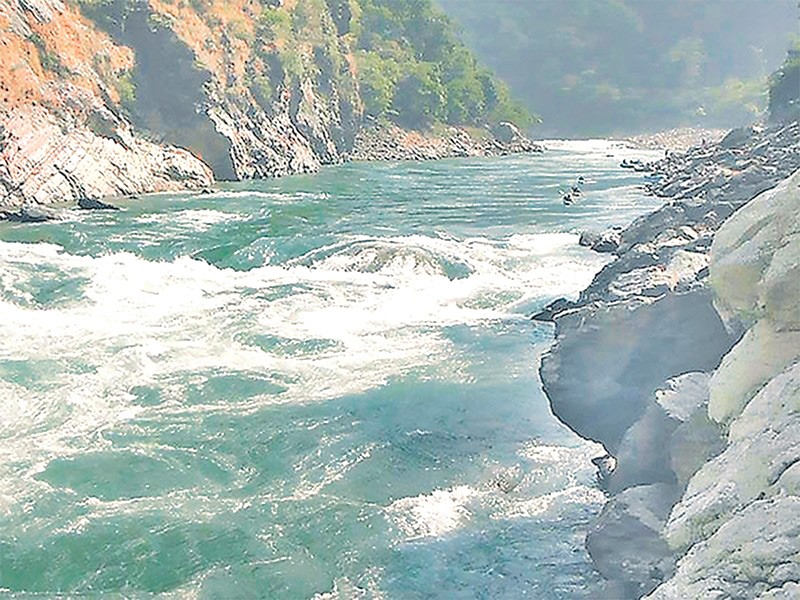Nepal and China have formed a joint technical team to expedite the construction of the first ever cross-border transmission line between these two countries. The 400 kV trans-Himalayan power line is expected to link Rasuwagadhi and Kerung across the Nepal China border.
The group, which consists of five representatives from each country, will appoint a consultant to prepare a detailed project report (DPR) and finalise the construction and funding modality. However, cross-border electricity projects are subject to numerous specific legal requirements, including requirements arising from international law and relevant supra-national and national legal systems.
The team was set up as per an understanding signed between State Grid Corporation of China (SGCC), the Chinese government appointed focal institution for the development of the power line, and the Nepal Electricity Authority (NEA), the state-owned power utility, during Prime Minister KP Sharma Oli’s recent visit to China.
Once the technical team prepares its roadmap, it will initiate the process to appoint a consultant to prepare the DPR for the project. The 400 kV transmission line will extend from Galchhi in Nepal to Shigatse in China. As only 80 km of the estimated 800-km length of the transmission line lies within Nepali territory, the NEA has asked the Chinese side to take the lead in developing the project. The Nepali portion of the power line will stretch from Galchhi in Dhading district to Rasuwagadhi on the border with China in the north, according to the NEA. The power utility has already finalised the alignment of the power line.
As a cross-border project, the construction of the transmission line will involve building and construction authorisations and permissions from both the countries. The technical team will have to agree on the processes first. An overall legal and regulatory framework should be put in place in both the countries that obliges and allows transmission system operators and regulators to pursue the development of transmission network infrastructure across and between national markets. Needless to say, this framework should include some form of operating and security standards. Each national regulator will need appropriate competences, independence and resources. These preparations will be necessary to expedite the project.
The job certainly takes time, as it involves legislative frameworks which are inevitably complex and varied.

